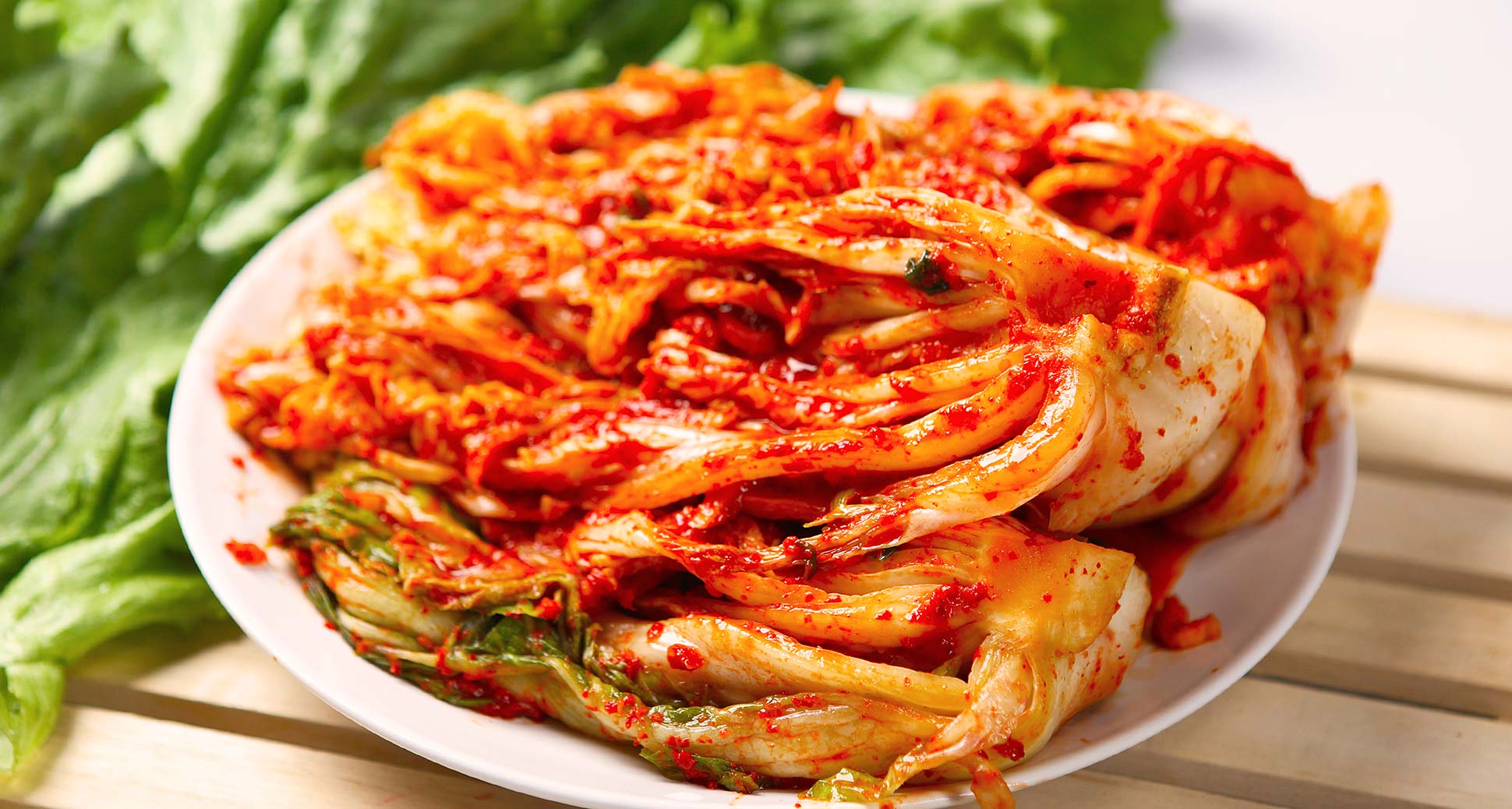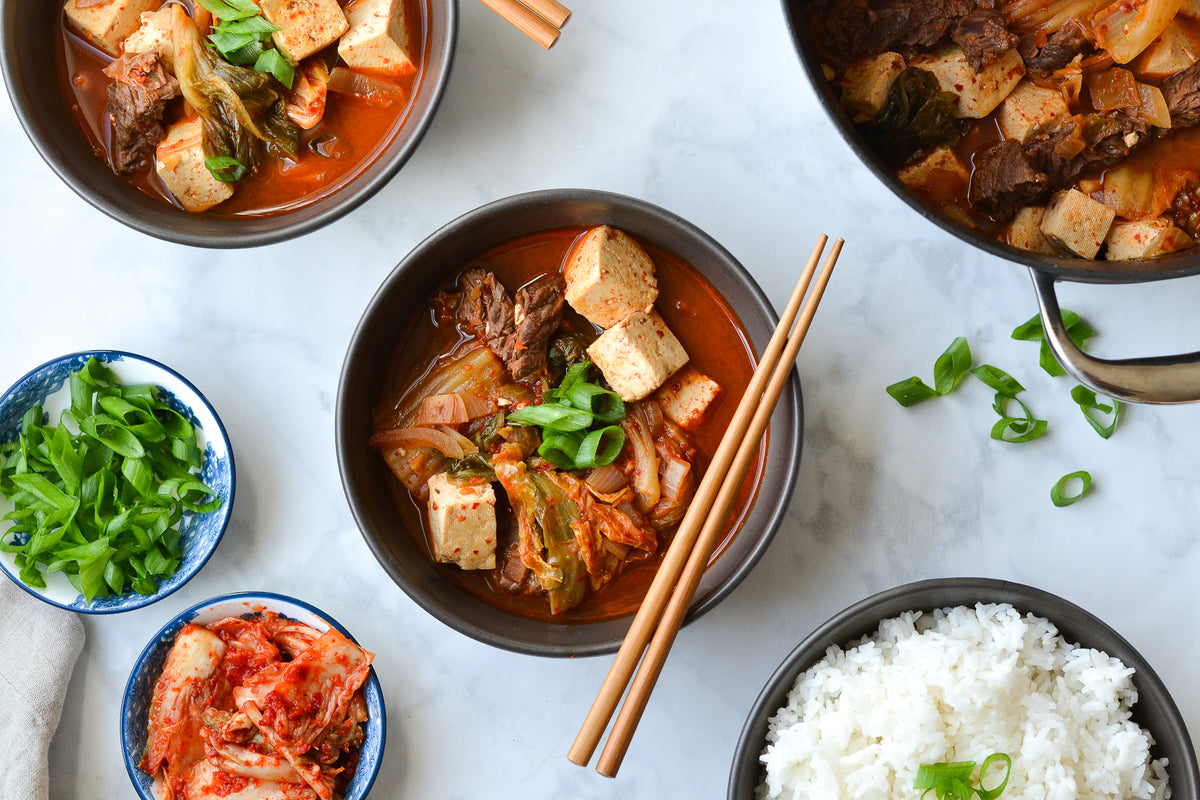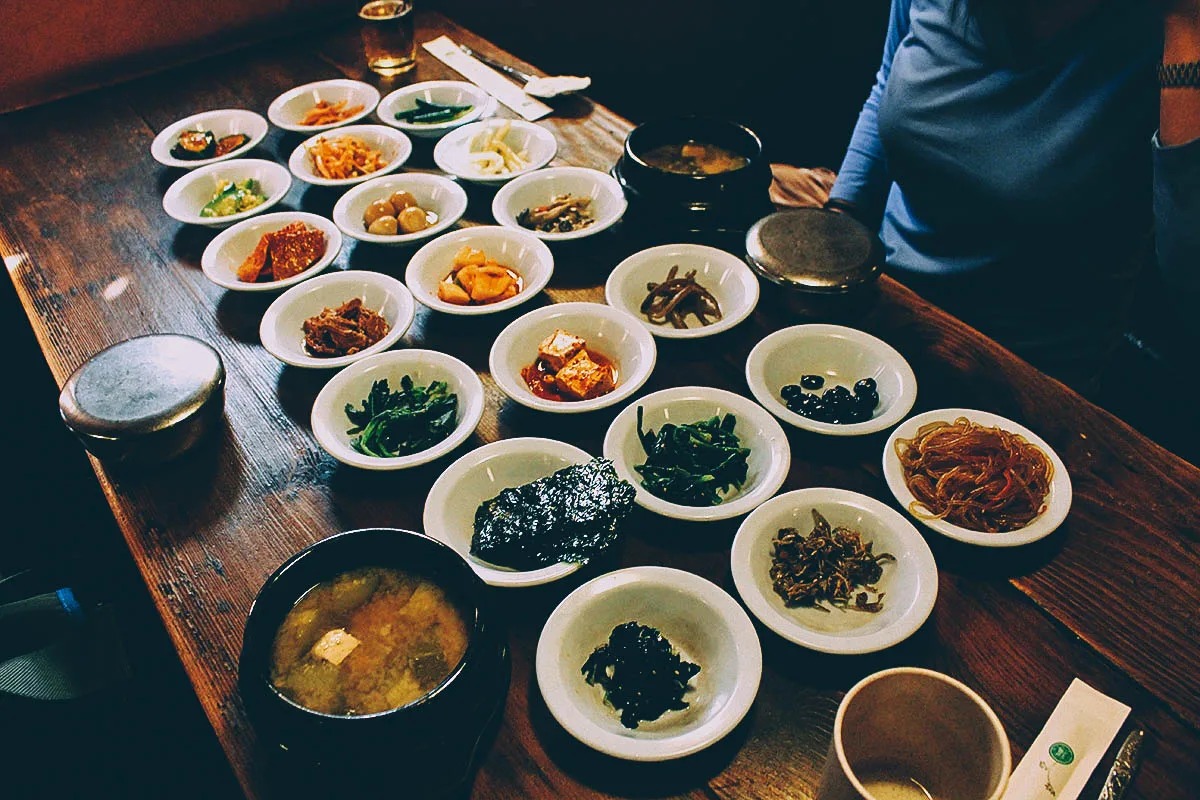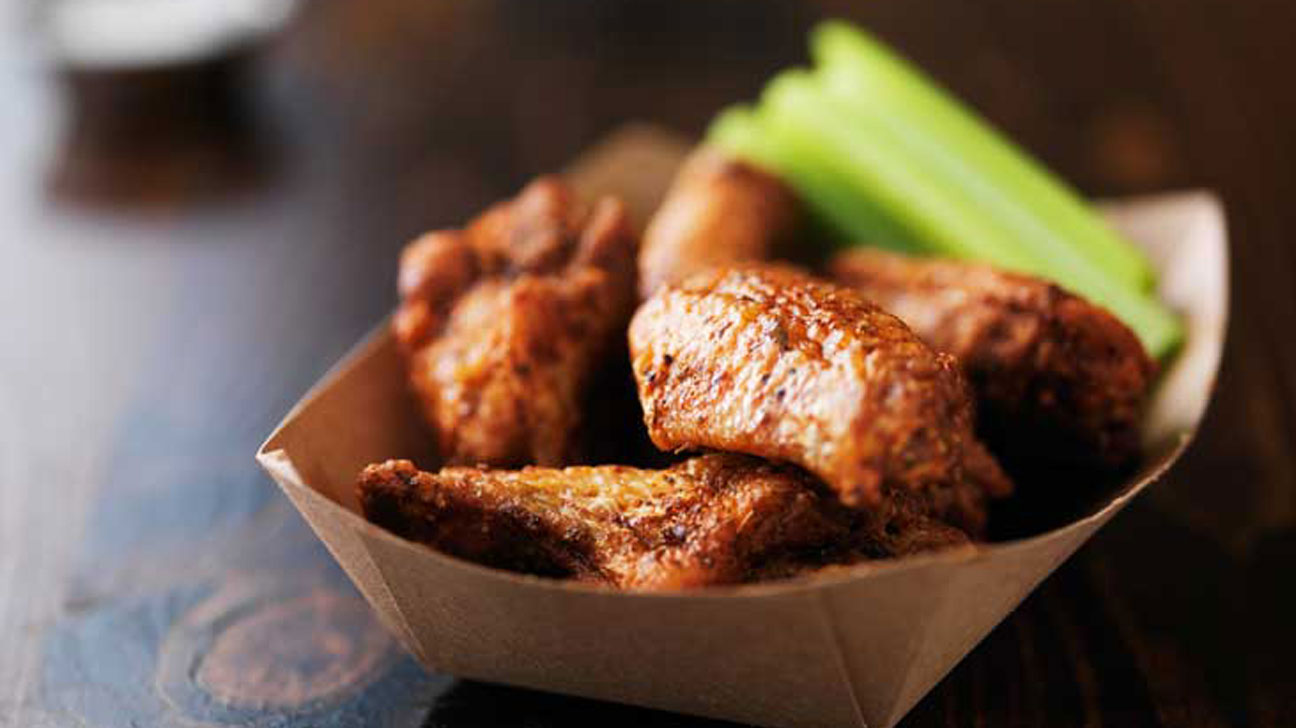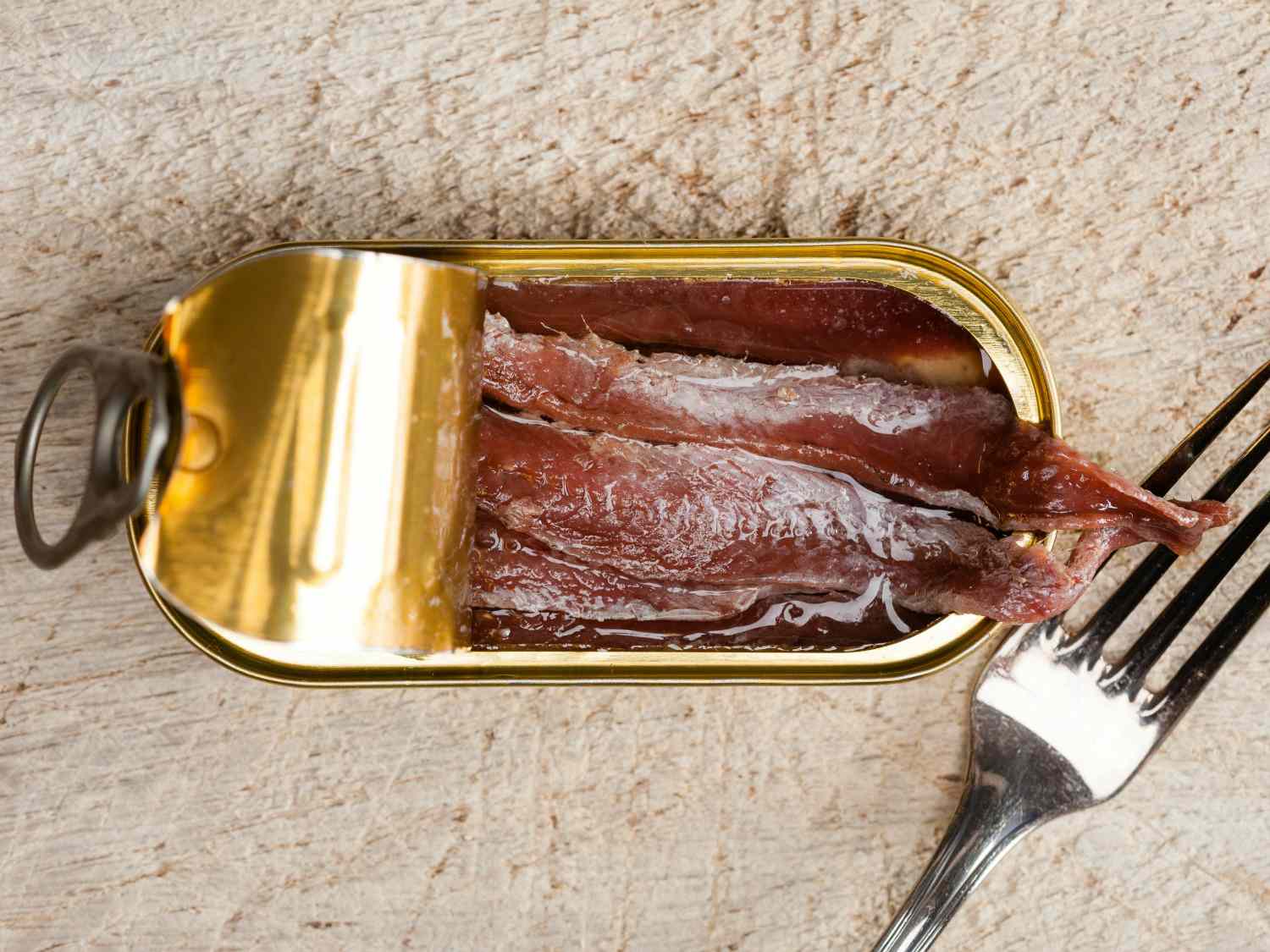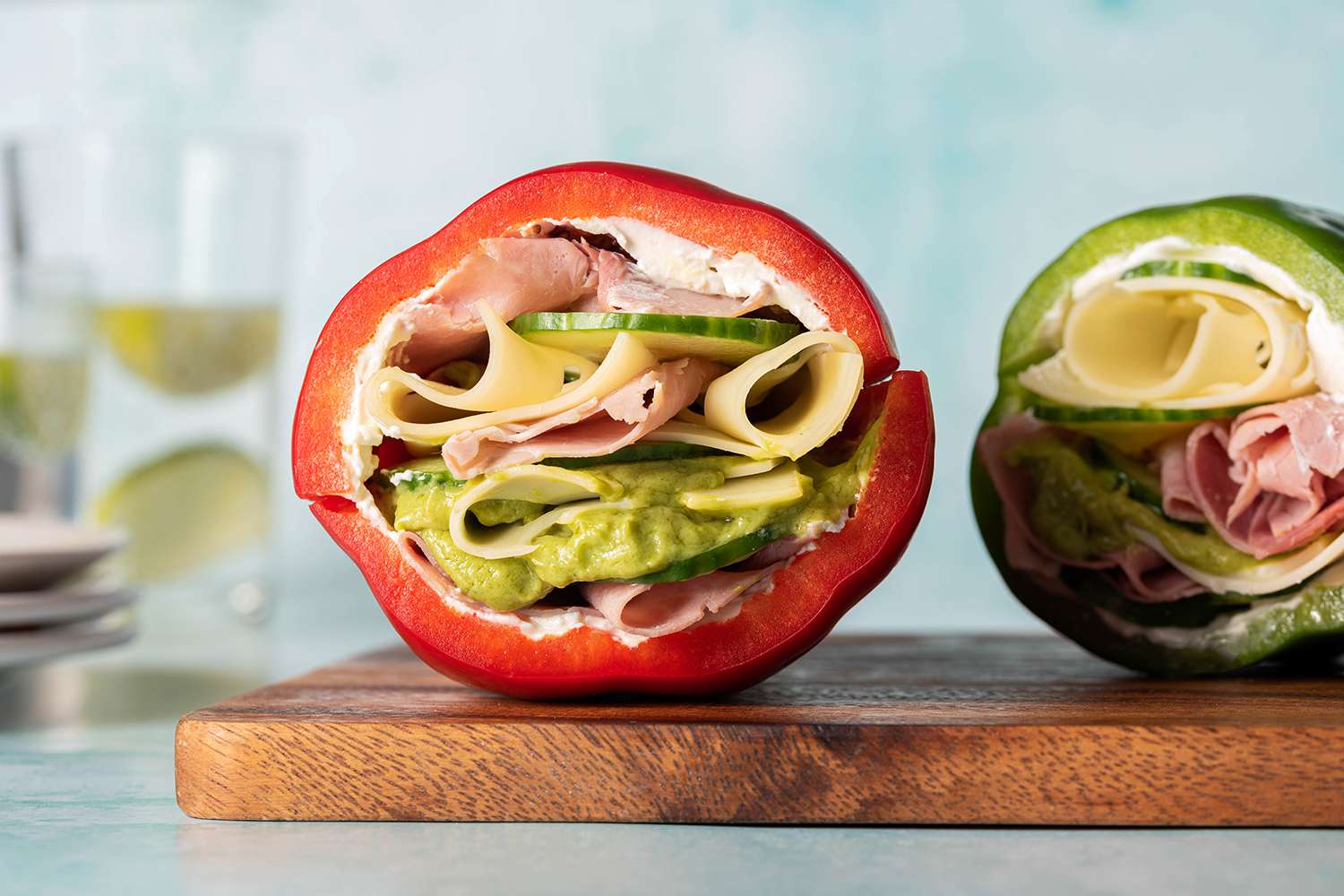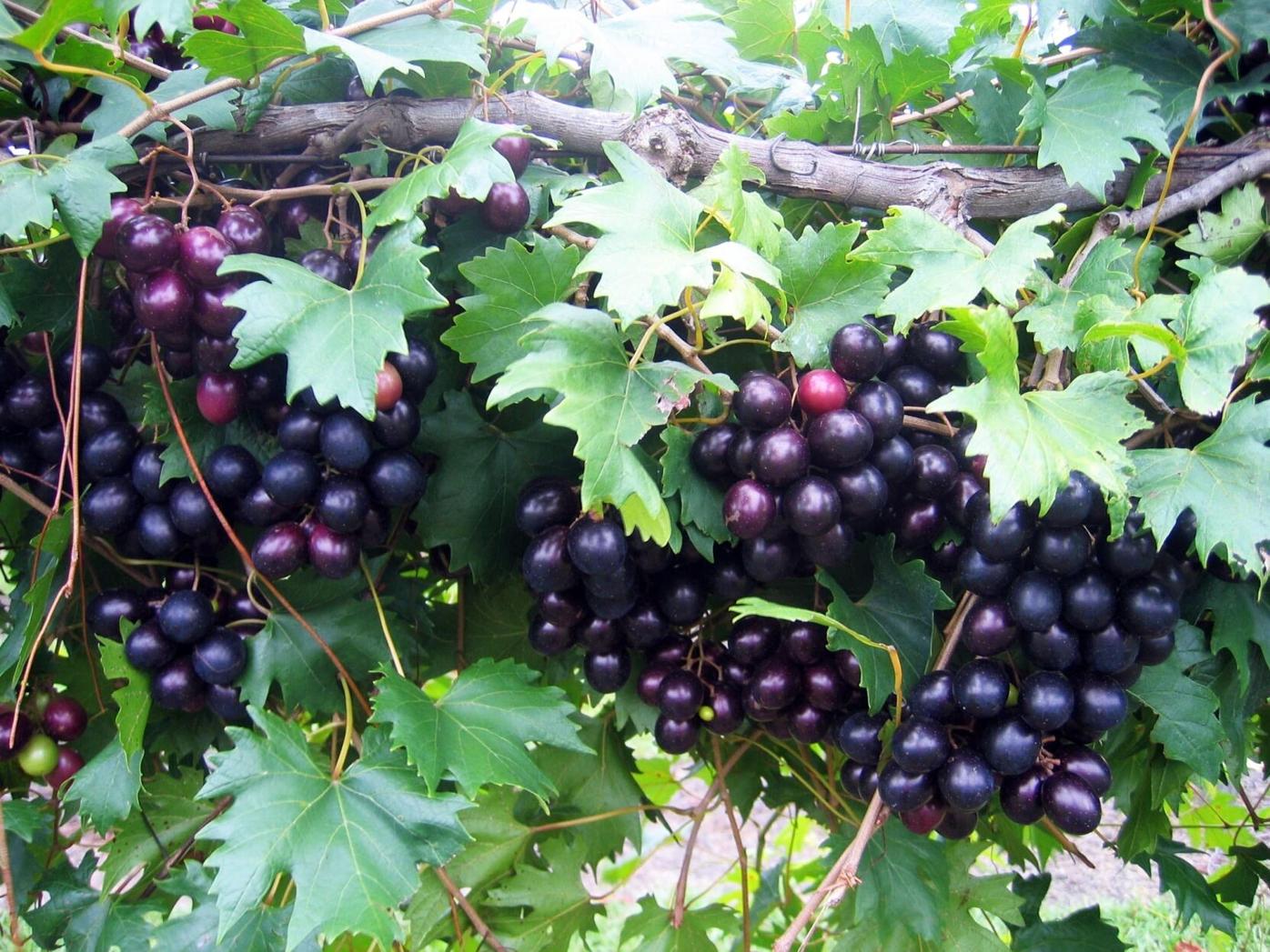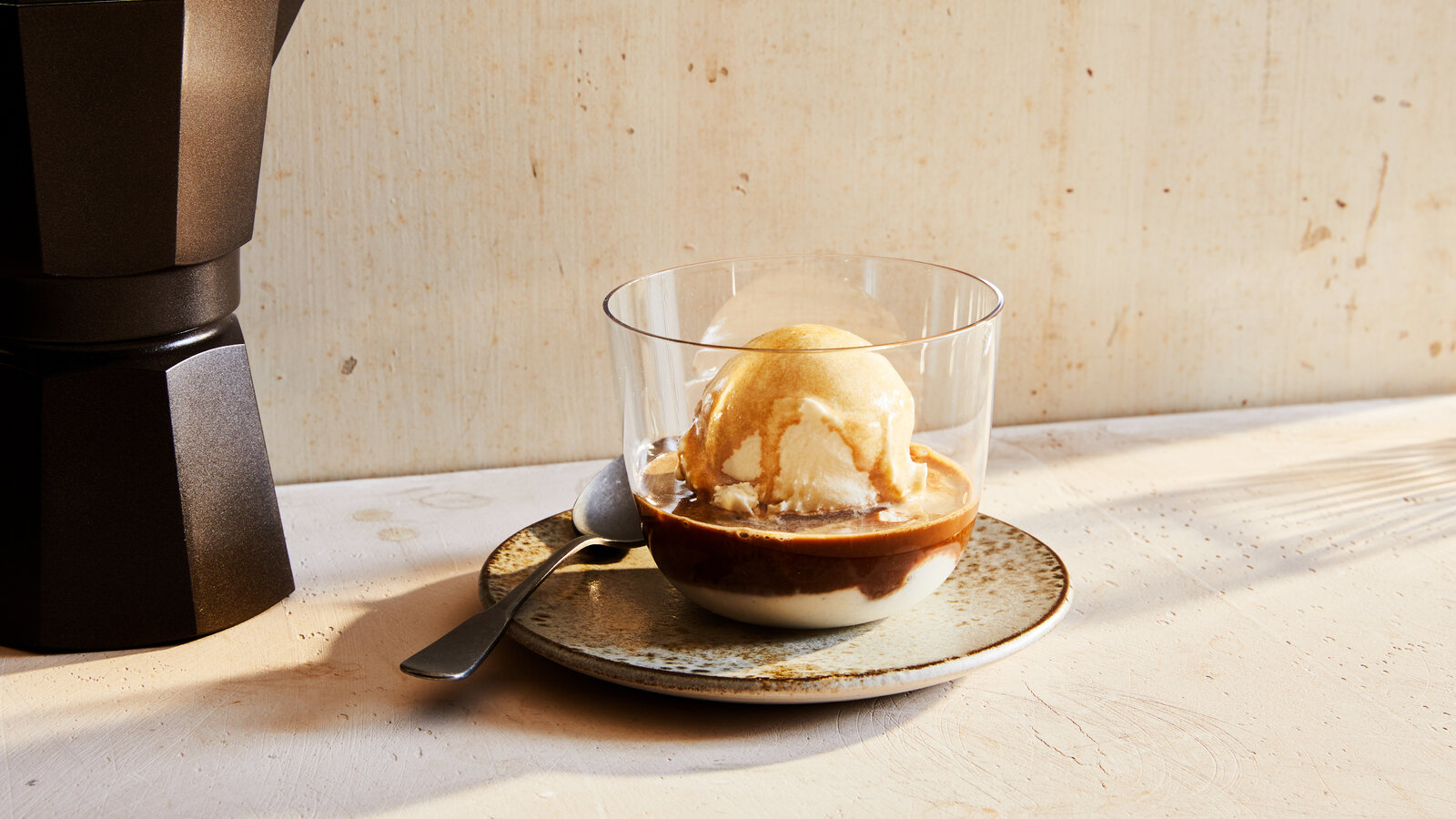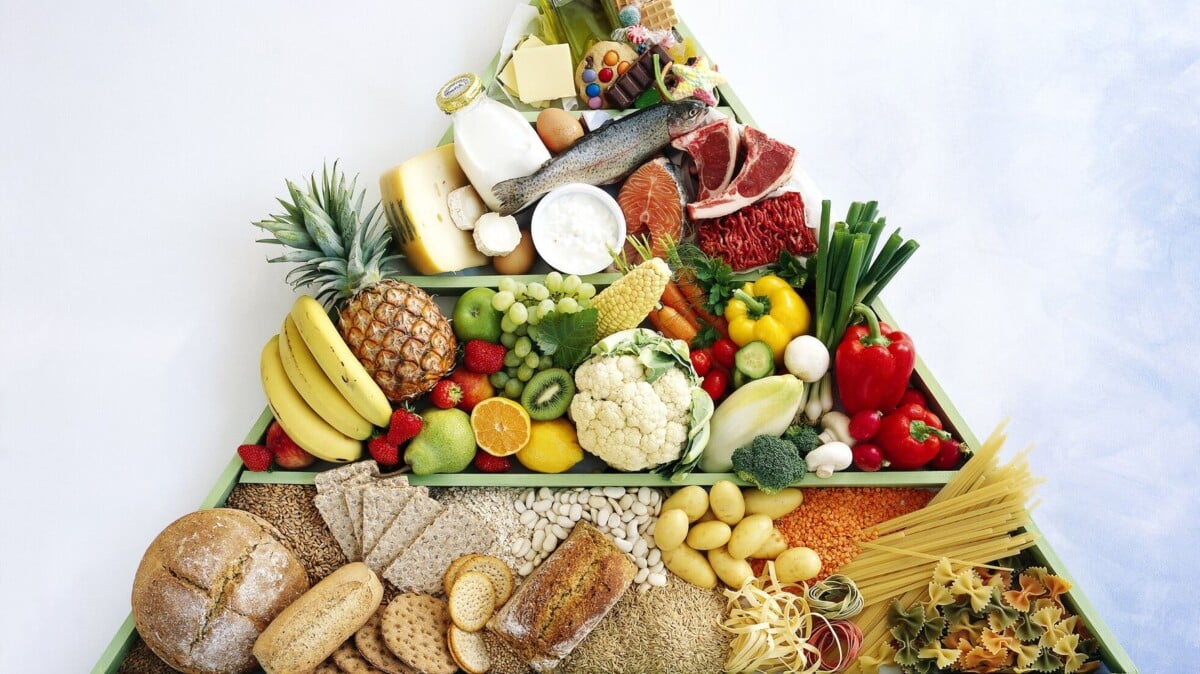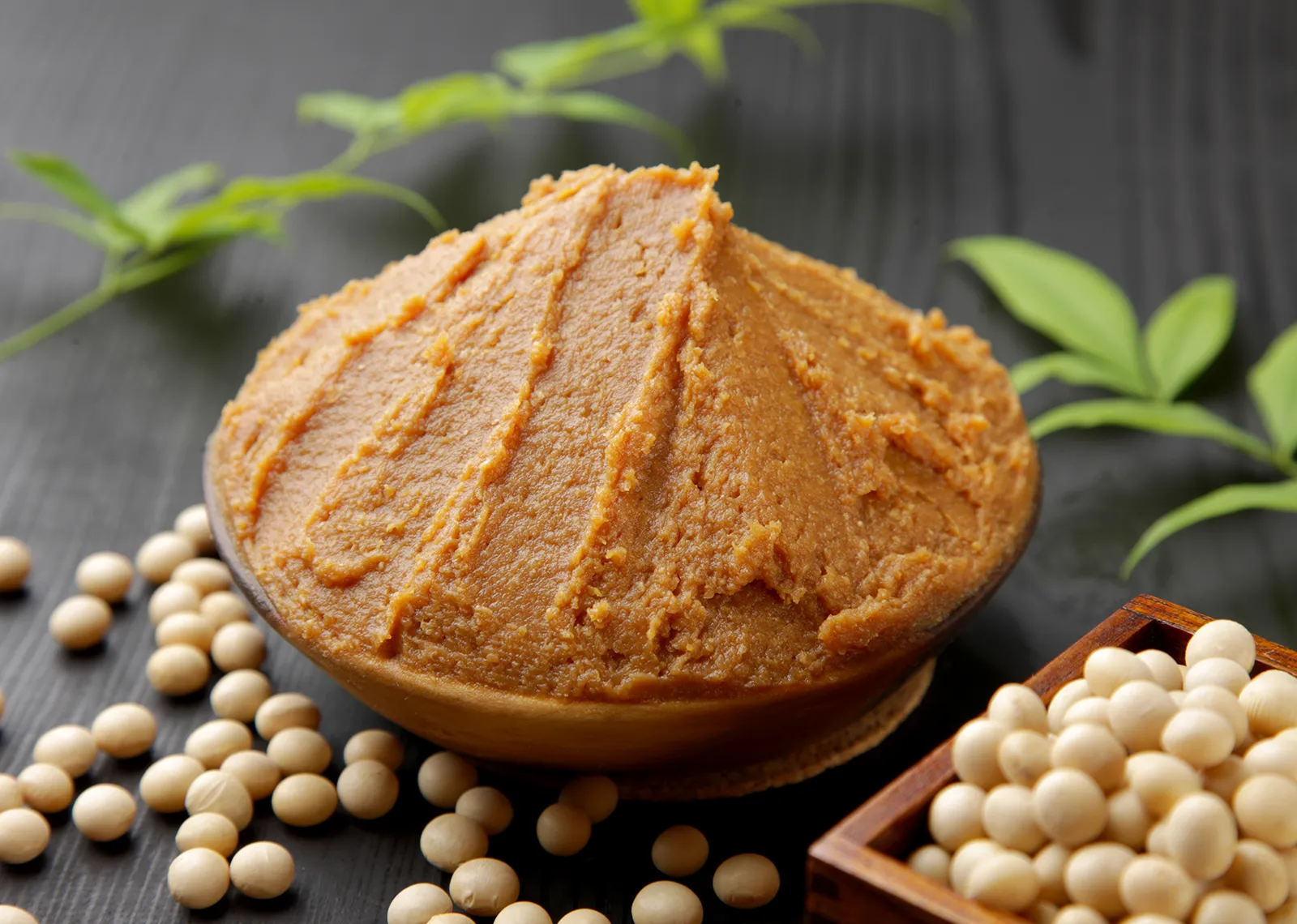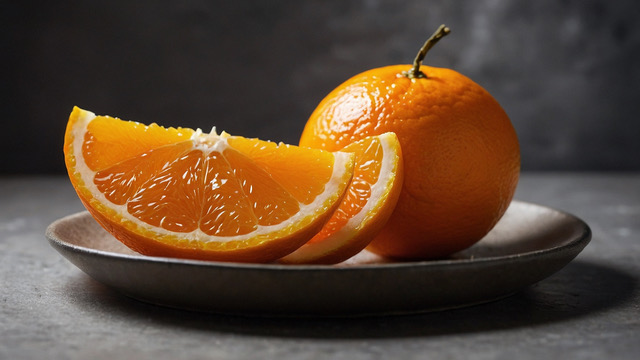How to Enjoy Kimchi: Hot or Cold
Kimchi is a traditional Korean dish made of fermented vegetables, most commonly cabbage and radishes, seasoned with a variety of spices. It is a staple in Korean cuisine and is known for its bold, tangy flavor and numerous health benefits. One common question that often arises is whether kimchi should be eaten hot or cold. The truth is, there is no right or wrong way to enjoy kimchi, as it can be delicious either way. Let’s explore the different ways to enjoy this versatile dish.
Eating Kimchi Hot
Heating kimchi can bring out its flavors and create a comforting, warm dish. Here are a few ways to enjoy kimchi hot:
- Kimchi Stew: One popular way to enjoy kimchi hot is by making kimchi stew, known as “kimchi jjigae” in Korean. This hearty stew typically includes kimchi, tofu, pork, and other vegetables, simmered in a flavorful broth. It’s a comforting and satisfying dish, especially during the colder months.
- Kimchi Fried Rice: Another delicious way to enjoy kimchi hot is by incorporating it into fried rice. The tangy and spicy flavors of kimchi add a unique twist to this classic dish, creating a flavorful and satisfying meal.
- Kimchi Pancakes: Kimchi pancakes, or “kimchijeon,” are savory pancakes made with kimchi and flour batter. They are pan-fried until crispy and golden, making them a popular appetizer or snack in Korean cuisine.
Eating Kimchi Cold
While kimchi can be enjoyed hot, it is also commonly enjoyed cold, straight from the refrigerator. Here are a few ways to enjoy kimchi cold:
- Kimchi as a Side Dish: In Korean meals, kimchi is often served as a side dish, providing a refreshing and tangy contrast to other savory dishes. Its crunchy texture and bold flavors make it a perfect accompaniment to rice and other main dishes.
- Kimchi Salad: Kimchi can be used to create a flavorful and vibrant salad. By combining it with fresh vegetables, such as cucumbers and lettuce, and a simple dressing, you can create a refreshing kimchi salad that is perfect for warm weather.
- Kimchi Wraps: Another creative way to enjoy kimchi cold is by using it as a filling for wraps or lettuce cups. The tangy and spicy flavors of kimchi add a delicious kick to these light and refreshing wraps.
Conclusion
Whether you prefer to enjoy kimchi hot or cold, there are numerous ways to incorporate this flavorful and nutritious dish into your meals. From hearty stews to refreshing salads, kimchi offers a versatile and delicious addition to any dining experience. So, the next time you’re wondering how to eat kimchi, feel free to experiment with both hot and cold preparations to discover your favorite way to enjoy this beloved Korean dish.
